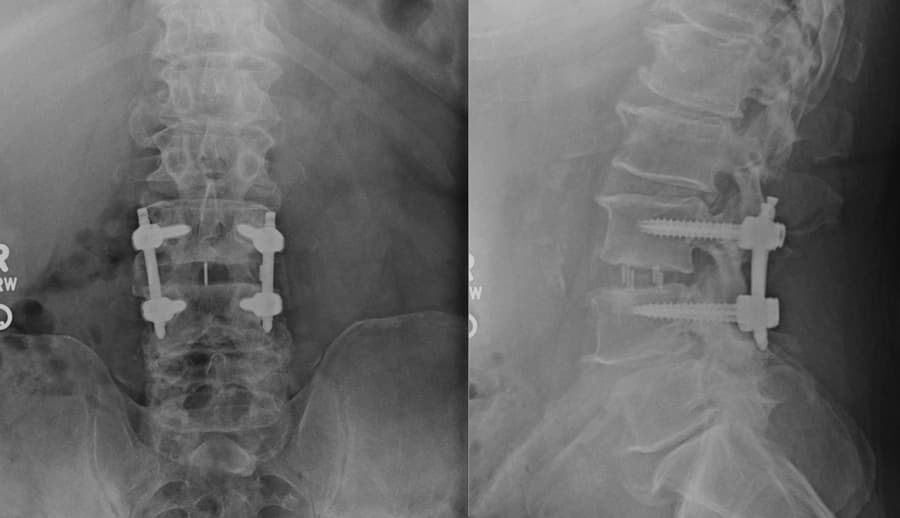During an LLIF, the patient is positioned on the surgical table, and the surgeon makes a small incision in the side of the abdomen, avoiding the large muscles of the back. The abdominal muscles and internal organs are carefully moved out of the way to access the intervertebral disc from the side of the spine. The damaged disc is removed, and a metal spacer is inserted into the disc space. This restores the height between the vertebrae, decompressing the nerves and promoting fusion. Because the lateral approach avoids major back muscles, it often results in less post-operative pain, reduced blood loss, and a shorter recovery time compared to traditional fusion surgeries. Additionally, the natural curve of the spine and disc height can be better restored to their native condition.

Lateral Lumbar Interbody Fusion
Lateral lumbar interbody fusion (LLIF) is a minimally invasive surgical procedure that addresses conditions in the lower back by approaching the spine from the side (lateral). This technique, sometimes referred to as XLIF or DLIF, is used to treat conditions like degenerative disc disease, spinal stenosis, and spondylolisthesis.